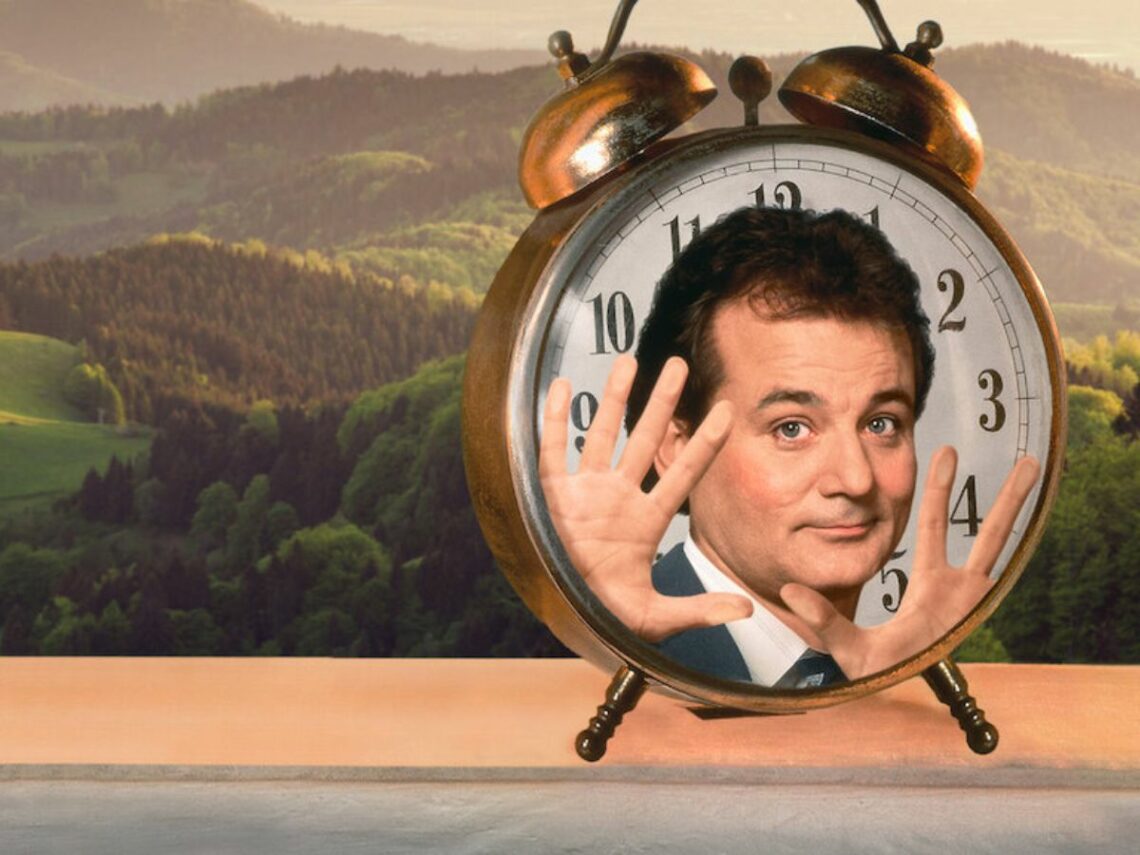As Groundhog Day finds its spot on the wonderful Netflix shelves, we thought it was the best time to share the perfect theory on why there is a time loop in the Bill Murray-led movie. It’s hard to find a ’90s film that is as influential as Harold Ramis’ Groundhog Day. Featuring Bill Murray in one of his most iconic roles and a brilliant screenplay co-written by Ramis and Danny Rubin, Groundhog Day will always be a fan-favourite.
Responsible for popularising a unique genre, Groundhog Day stars Murray as Phil Connors – an insufferable, cynical TV weather reporter who travels to Punxsutawney, Pennsylvania, to cover an annual spectacle. However, he finds himself trapped in a seemingly endless time loop where he is forced to live the same day over and over again. While Groundhog Day has only grown in popularity since its release, it experienced a huge boost during the pandemic because audiences related to that unique feeling of being stuck in time.
During a conversation with The Daily Beast, Murray said: “I feel that. I hear that from people — that they can’t believe that this day goes on over and over again, and it’s the same day where you’re left to your own devices to create life out of limited conditions. It’s probably good? Some good has come out of COVID. It’s made people more self-reliant and made them be able to cook, and walk, and exercise, and play music, and read, do something for other people in some way—even if they have to be confined to their own homes.”
The actor added: “It’s an unusual condition that we’ve been given to work with, and in the moments you can grab it, take it, and work with it, it’s great. We’ve all had ups and downs in it. We always talk about the ‘Greatest Generation,’ which has always upset me a little bit. Oh, are we finished now? We had the Greatest Generation? They had a Depression, and they had a World War — ugly, ugly circumstances — and that created this stick-to-itiveness. It revealed this gumption in people to survive, and I think that’s what’s coming out of this thing, too.”
The film’s narrative plays around with the concept of a time loop in innovative ways, raising existential questions about ethics and the human condition within a fascinating context. While the philosophical implications of such a loop have always intrigued audiences, the original reason behind the loop is actually quite banal. In an early draft of the film’s script, it was suggested that the loop was created because an ex-girlfriend cursed Connors after a nasty breakup.
The writers were right in their decision to remove this part from the draft because it detracts from the nuances of the terrifying loop, which forced Connors to reflect on his actions and become a better man. In fact, the randomness of this crippling phenomenon is the major reason why Groundhog Day works so well as a philosophical text. You don’t need an ex to destabilise your life completely. Sometimes, the universe does it for no apparent reason.
Watch Groundhog Day on Netflix now.
